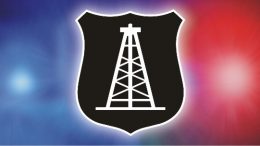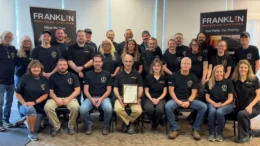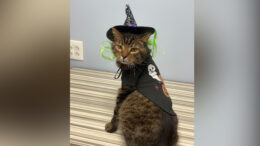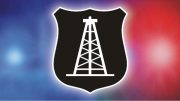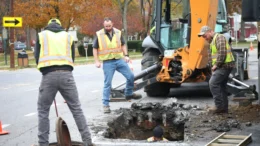The wait is now over for Pennsylvania turkey hunters, as today marks the opening day of spring gobbler season across the state.
“Most turkey hunters live for the spring season,” said Regis Senko, information education supervisor for the northwest branch of the Pennsylvania Game Commission.
Mary Jo Casalena, the Game Commission’s wild turkey biologist, thinks the conditions are favorable for hunters to harvest a bird this season.
“In an early spring, hens often begin incubating their nests one to two weeks earlier than normal,” Casalena explained in a press release. “That’s great news for hunters, because those lonely toms will be gobbling more and coming in easier to calling hunters.”
Senko stressed that outdoorsmen remember calling in a bird is the only legal way to hunt turkey.
“You are not permitted to stock sounds,” Senko said. “People do move to get into a better position, but a turkey’s eyesight and hearing are too good.”
Hunters will also need to be careful before they attempt to harvest a bird because it must have a visible beard to be legal during the spring season.
Casalena said that on average, 71 percent of the spring harvest amounts to adult gobblers, 17 percent are jakes, 4 percent are bearded hens and 7 percent are unknown-aged males.
Hunters in 2015 established the lowest rate for bearded-hen harvests since the agency began recording it in 2003, Casalena said.
“That’s a good thing because it means more of these hens survived to reproduce,” Casalena said. “Although bearded hens are legal for harvest, we suggest hunters refrain from knowingly harvesting them because they can, and do, nest and raise broods.”
Pennsylvania’s record wild turkey population was in 2001 with an estimate of 288,000 birds. Estimates have fluctuated since then, but they chart a declining overall population.
Last fall’s preliminary turkey harvest was 19,400, which could be the largest since 2009 if the estimate holds up when results are released from the annual Game-Take survey later this summer.
Senko thinks it is important for hunters to consider wearing fluorescent orange to be as safe as possible when venturing out into the woods, even though it is not a law during spring gobbler season.
“It’s recommended, but not required,” Senko said. “We have gotten much better with turkey hunting safety over the years as hunters have become more experienced, but you still have to be in a position where you are hunting defensively. It would be helpful when moving from one calling location to another.”
Here are some other need-to-know facts for hunters:
— Hunting hours begin one-half hour before sunrise and end at noon for the first two weeks of the statewide season, which runs through May 14. Hunters are asked to be out of the woods by 1 p.m. when hunting hours end at noon to minimize disturbance of nesting hens.
From May 16 to May 31, the hunting hours will begin one-half hour before sunrise and end one-half hour after sunset to allow more opportunity at the point in the season when hunting pressure is lower and nesting hens are less likely to abandon nests.
— During the spring gobbler season, hunters may use manually operated or semi-automatic shotguns limited to a three-shell capacity in the chamber and magazine combined. Muzzleloading shotguns, crossbows and long, recurve and compound bows are also permitted.
— Successful turkey hunters must immediately and properly tag the bird when afield. They are also required to report the harvest to the Game Commission, in most cases, within 10 days.
Reporting harvests can be done one of three ways including visiting www.pgc.pa.gov and clicking “Report a harvest,” fill out and mail in the tear-out harvest report card that is inserted in the Pennsylvania Hunting and Trapping Digest or report the harvest by phone at 1-855-724-8681.







